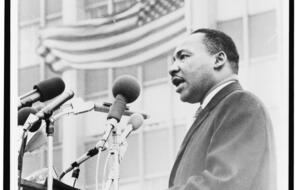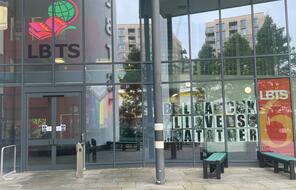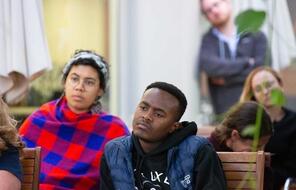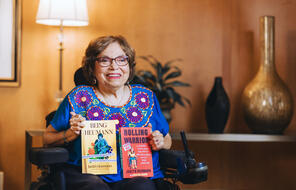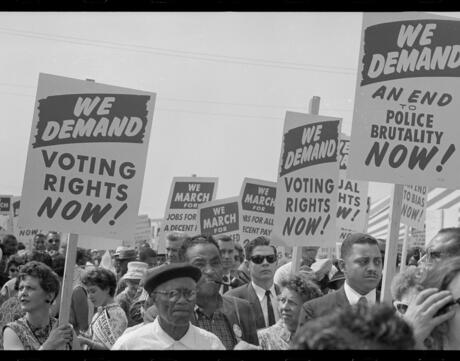
Honoring Harry Belafonte by Teaching Civil Rights
Harry Belafonte, a trailblazing artist who played a key role in the civil rights movement and a variety of humanitarian causes, passed away on April 25 at 96. Belafonte dedicated his life to building a more equitable world, using his platform to shed light on injustice and break barriers.
Belafonte championed several civil rights organizations, including the Student Nonviolent Coordinating Committee. A close friend and supporter of Dr. Martin Luther King Jr., he also participated in the 1963 March on Washington. In 1964 he and Sidney Poitier raced to Mississippi with the funds to keep a major voter registration drive going; some accounts report police tried to stop them, and a high-speed chase ensued. Belafonte’s activism didn't stop there. In the 1980s, for example, he led a cultural boycott in protest of apartheid and took part in Live Aid.
We at Facing History & Ourselves continue to honor and remember the inspiring legacies of Belafonte and cultural icons like Sidney Poitier, bell hooks, and others, by standing on their shoulders to continue work toward realizing the full promise of our democracy. We invite you to explore these resources that draw lessons from the civil rights movement about civic engagement, the power of the arts, and the ability each of us has to make a difference.
Choices in Little Rock
In 1957 nine African American students enrolled at Central High School in Little Rock, Arkansas. This effort to desegregate Central High School resulted in a crisis that historian Taylor Branch describes as "the most severe test of the Constitution since the Civil War."
Central to the story of the Little Rock Nine are civic choices: the decisions people make as citizens in a democracy. Our "Choices in Little Rock" collection examines the events in Little Rock through the question, “How much power do ordinary people have to change the world?”
Memphis 1968
Throughout the civil rights movement, Belafonte was a close friend and supporter of Dr. Martin Luther King Jr. In fact, Belafonte played a pivotal role in organizing the 1963 March on Washington. It was there that Dr. King delivered his famous "I Have a Dream" speech.
More than 50 years after Dr. King was assassinated in 1968, his life and legacy remain as relevant as ever. The Memphis 1968 unit invites us to explore the role of civil engagement in a healthy democracy today by traveling back to spring of 1968 to learn about the events that brought Dr. King to Memphis.
Art, Imagination, & the Quest for Racial Justice
Belafonte used his platform as an artist to propel advocacy and inspire change during the civil rights movement and beyond. Art is a powerful tool for social change, shaping how we perceive ourselves and the world today and the future we seek for tomorrow.
This mini-lesson helps students learn about the capacity art has to drive social change and the ways in which artists and activists use artwork—including poetry, photography, murals, music, and dance—in the fight for racial justice in the United States.

